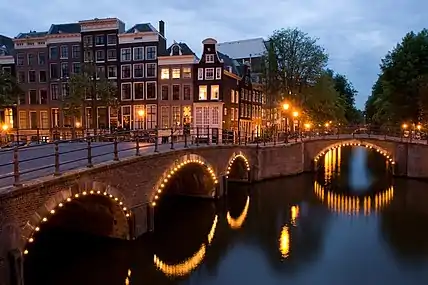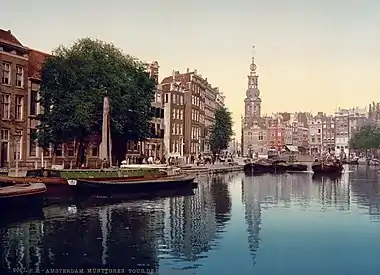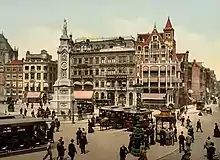Portal:Netherlands
Welcome to the Netherlands Portal
Welkom bij het Nederlandportaal!
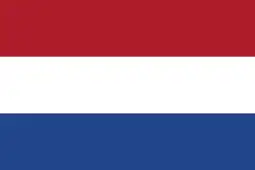 |
 |
 | |
The Netherlands (Dutch: Nederland [ˈneːdərlɑnt] ⓘ), informally Holland, is a country located in northwestern Europe with overseas territories in the Caribbean. It is the largest of four constituent countries of the Kingdom of the Netherlands. The Netherlands consists of twelve provinces; it borders Germany to the east, and Belgium to the south, with a North Sea coastline to the north and west. It also has a border with France on the split island of Saint Martin in the Caribbean. It shares maritime borders with the United Kingdom, Germany and Belgium. The official language is Dutch, with West Frisian as a secondary official language in the province of Friesland. Dutch, English and Papiamento are official in the Caribbean territories.
The Netherlands has been a parliamentary constitutional monarchy with a unitary structure since 1848. The country has a tradition of pillarisation and a long record of social tolerance, having legalised prostitution and euthanasia, along with maintaining a liberal drug policy. The Netherlands allowed women's suffrage in 1919 and was the first country to legalise same-sex marriage in 2001. Its mixed-market advanced economy has the thirteenth-highest per capita income globally. The Hague holds the seat of the States General, Cabinet and Supreme Court. The Port of Rotterdam is the busiest seaport in Europe. Schiphol is the busiest airport in the Netherlands, and the third busiest in Europe. The Netherlands is a founding member of the European Union, Eurozone, G10, NATO, OECD, and WTO, as well as a part of the Schengen Area and the trilateral Benelux Union. It hosts several intergovernmental organisations and international courts, many of which are centred in The Hague. (Full article...)
 Featured articles -
Featured articles -
 Featured lists
Featured lists
Selected biography

Rienks won the gold medal in the men's double sculls at the 1988 Summer Olympics, alongside Ronald Florijn. At the 1996 Summer Olympics, he repeated his gold medal performance winning the eight with coxswain event with the Holland Acht (Holland Eight). He also competed at the 1984 and 2000 Olympics but finished outside the podium.
With Henk-Jan Zwolle he won the gold medal in the double sculls competition at the 1991 World Rowing Championships. He also won three silver medals at the world championships in 1989 (double sculls), 1994 and 1995 (eights).
 Featured pictures -
Featured pictures -
Did you know (auto-generated)
- ... that the USA team at the 2007 World Cup of Pool wore orange shirts after both home-nation Dutch teams had been eliminated?
- ... that "Nahe wollt der Herr uns sein" (The Lord wanted to be close to us), first written in Dutch by Huub Oosterhuis in 1964, was included in the 1975 German hymnal Gotteslob?
- ... that the Argentina and Netherlands national football teams have played each other at every other FIFA World Cup since 1998?
- ... that the first landing during the Dutch invasion of Saint Helena was defeated by English settlers throwing rocks?
- ... that in 1781, Dutch rear admiral Willem Krul was determined to fight a British fleet with a single warship and died?
- ... that Dutch radio and TV presenter Hanneke Kappen presented the second Dutch radio show dedicated to heavy metal music?
Categories
Related portals
Featured content
Extended content | ||
|---|---|---|
|
This page gives an overview of all featured content ( Featured articles
Featured lists
|
Things you can do
The Dutch Wikiportal is currently under construction. Help would be greatly appreciated!
See also:
- The Dutch Wikipedians' notice board.
Add yourself to the category of Wikipedians located in the Netherlands.
- Recent Netherlands-related articles
Wikiprojects
 |
You are invited to participate in the WikiProject Netherlands, a WikiProject dedicated to developing and improving articles about the Netherlands. |
- WikiProject Netherlands
- Dutch municipalities task force
The Netherlands on other Wikimedia projects
-
 List of all portalsList of all portals
List of all portalsList of all portals -
 The arts portal
The arts portal -
 Biography portal
Biography portal -
 Current events portal
Current events portal -
 Geography portal
Geography portal -
 History portal
History portal -
 Mathematics portal
Mathematics portal -
 Science portal
Science portal -
 Society portal
Society portal -
 Technology portal
Technology portal -
 Random portalRandom portal
Random portalRandom portal -
 WikiProject PortalsWikiProject Portals
WikiProject PortalsWikiProject Portals
![Image 1Frank in May 1942, two months before she and her family went into hidingAnnelies Marie Frank (German: [ˈanə(liːs maˈʁiː) ˈfʁaŋk] ⓘ, Dutch: [ˌɑnəˈlis maːˈri ˈfrɑŋk, ˈɑnə ˈfrɑŋk] ⓘ; 12 June 1929 – c. February or March 1945) was a German-born Jewish girl who kept a diary in which she documented life in hiding under Nazi persecution. She is a celebrated diarist who described everyday life from her family hiding place in an Amsterdam attic. One of the most-discussed Jewish victims of the Holocaust, she gained fame posthumously with the 1947 publication of The Diary of a Young Girl (originally Het Achterhuis in Dutch, lit. 'the back house'; English: The Secret Annex), in which she documents her life in hiding from 1942 to 1944, during the German occupation of the Netherlands in World War II. It is one of the world's best-known books and has been the basis for several plays and films.Anne was born in Frankfurt, Germany. In 1934, when she was four and a half, her family moved to Amsterdam, Netherlands, after Adolf Hitler and the Nazi Party gained control over Germany. She spent most of her life in or around Amsterdam. By May 1940, the Franks were trapped in Amsterdam by the German occupation of the Netherlands. Anne lost her German citizenship in 1941 and became stateless. As persecutions of the Jewish population increased in July 1942, they went into hiding in concealed rooms behind a bookcase in the building where Anne's father, Otto Frank, worked. Until the family's arrest by the Gestapo on 4 August 1944, Anne kept a diary she had received as a birthday present, and wrote in it regularly. (Full article...)](../I/Blank.png.webp)
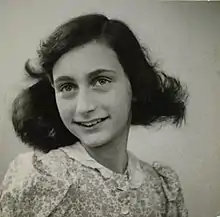

.jpg.webp)
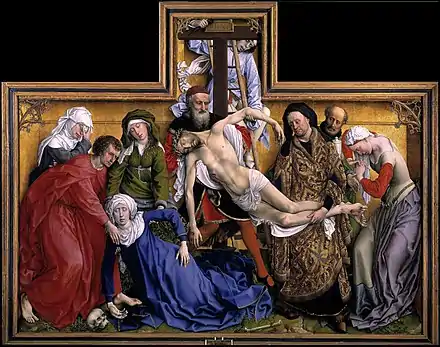
.jpg.webp)
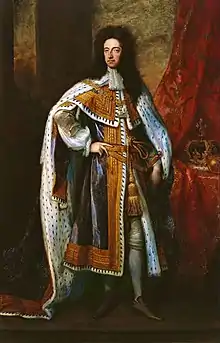



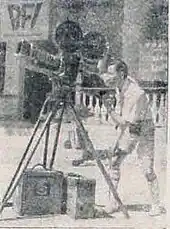
-1-Dutch_Administration-1_Gulden_(1815).jpg.webp)
%252C_koning_der_Nederlanden%252C_Nicolaas_Pieneman%252C_1856_-_Rijksmuseum.jpg.webp)


![Image 5Indonesian rupiahBanknotes: Bank of IndonesiaThe rupiah is the national currency of Indonesia. Introduced in 1946 by Indonesian nationalists fighting for independence, the currency replaced a version of the Netherlands Indies gulden which had been introduced during the Japanese occupation in World War II. In its early years the rupiah was used in conjunction with other currencies, including a new version of the gulden introduced by the Dutch. Since 1950, it has had a lengthy history of inflation and revaluation. As of August 2018[update]'"`UNIQ--nowiki-00000016-QINU`"', the currency—which is issued and controlled by the Bank of Indonesia—is trading for more than 14,600 rupiah to the United States dollar.This note, denominated 100,000 rupiah, is from a 2011 revision of an earlier series. It depicts Sukarno and Mohammad Hatta, respectively Indonesia's first president and vice-president, on its obverse, and the People's Consultative Assembly building on its reverse. See other denominations: Rp 1,000, Rp 2,000, Rp 5,000, Rp 10,000, Rp 20,000, Rp 50,000More selected pictures](../I/100000_rupiah_bill%252C_2011_revision_(2013_date)%252C_processed%252C_obverse%252Breverse.jpg.webp)




![Image 10Indonesian rupiahBanknotes: Bank of IndonesiaThe rupiah is the national currency of Indonesia. Introduced in 1946 by Indonesian nationalists fighting for independence, the currency replaced a version of the Netherlands Indies gulden which had been introduced during the Japanese occupation in World War II. In its early years the rupiah was used in conjunction with other currencies, including a new version of the gulden introduced by the Dutch. Since 1950, it has had a lengthy history of inflation and revaluation. As of August 2018[update]'"`UNIQ--nowiki-00000017-QINU`"', the currency—which is issued and controlled by the Bank of Indonesia—is trading for more than 14,600 rupiah to the United States dollar.This note, denominated 5,000 rupiah, is part of the 2009 series. It depicts Tuanku Imam Bonjol, a National Hero of Indonesia, on its obverse, and a West Sumatran weaver on its reverse. See other denominations: Rp 1,000, Rp 2,000, Rp 10,000, Rp 20,000, Rp 50,000, Rp 100,000More selected pictures](../I/5000_rupiah_bill%252C_2001_series_(2009_date)%252C_processed%252C_obverse_and_reverse.jpg.webp)
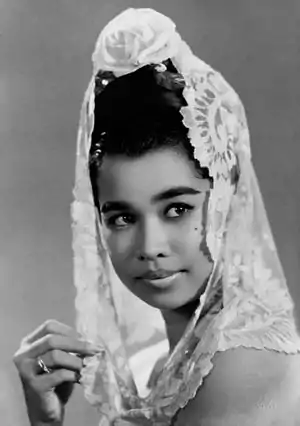
.jpg.webp)
.jpg.webp)
![Image 14Indonesian rupiahBanknotes: Bank of IndonesiaThe rupiah is the national currency of Indonesia. Introduced in 1946 by Indonesian nationalists fighting for independence, the currency replaced a version of the Netherlands Indies gulden which had been introduced during the Japanese occupation in World War II. In its early years the rupiah was used in conjunction with other currencies, including a new version of the gulden introduced by the Dutch. Since 1950, it has had a lengthy history of inflation and revaluation. As of August 2018[update]'"`UNIQ--nowiki-00000015-QINU`"', the currency—which is issued and controlled by the Bank of Indonesia—is trading for more than 14,600 rupiah to the United States dollar.This note, denominated 2,000 rupiah, is part of the 2009 series. It depicts Prince Antasari, a National Hero of Indonesia, on its obverse, and a traditional Dayak dance on its reverse. See other denominations: Rp 1,000, Rp 5,000, Rp 10,000, Rp 20,000, Rp 50,000, Rp 100,000More selected pictures](../I/2000_rupiah_bill%252C_2009_series_(2014_date)%252C_processed%252C_obverse%252Breverse.jpg.webp)




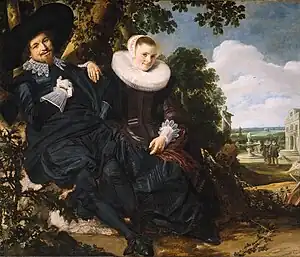



-Vincent-van-Gogh-Met.jpg.webp)

_-_Google_Art_Project_-_edited.jpg.webp)


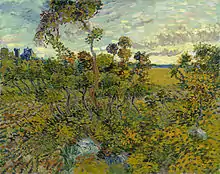
.jpg.webp)
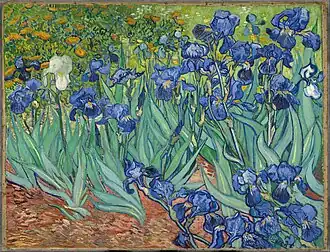










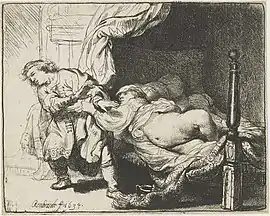



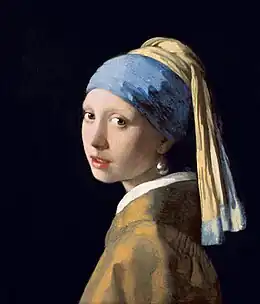
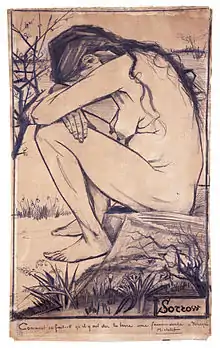


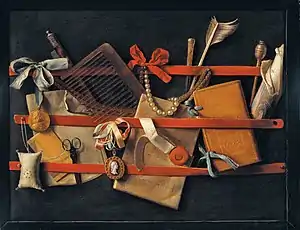

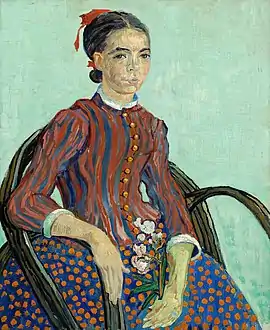



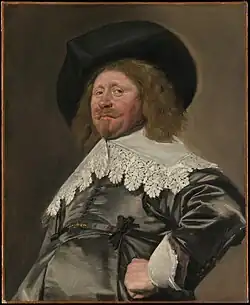
.jpg.webp)
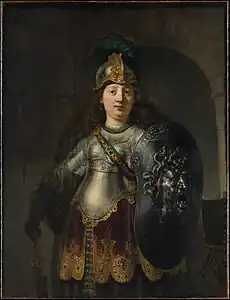
.jpg.webp)

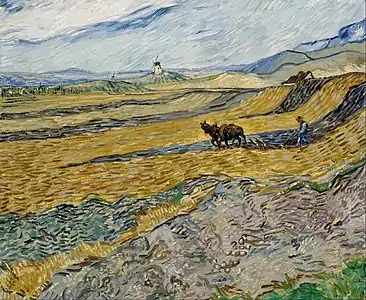


_-_Google_Art_Project.jpg.webp)


_-_Google_Art_Project.jpg.webp)
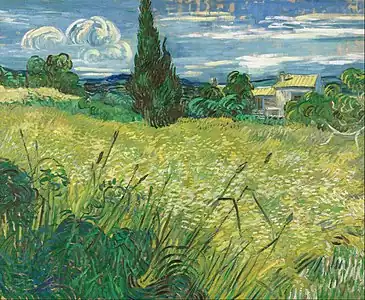

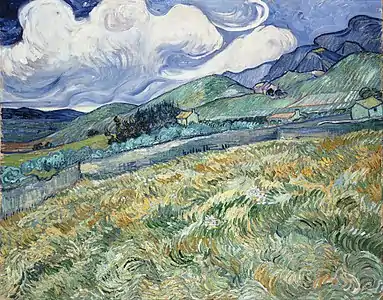

_-_Google_Art_Project.jpg.webp)
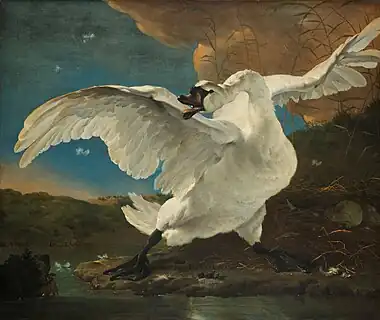


.jpg.webp)




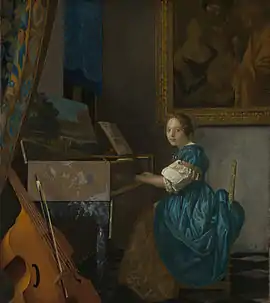

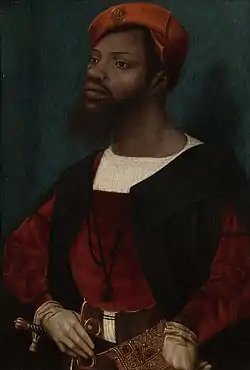
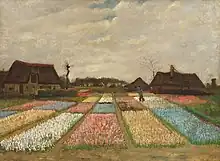




.jpg.webp)


_-_Google_Art_Project.jpg.webp)



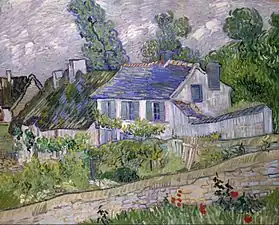

_%E2%80%93_cropped.jpg.webp)
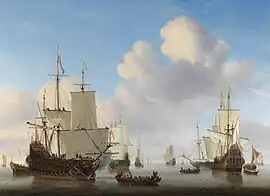
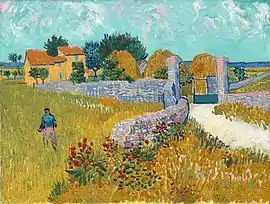

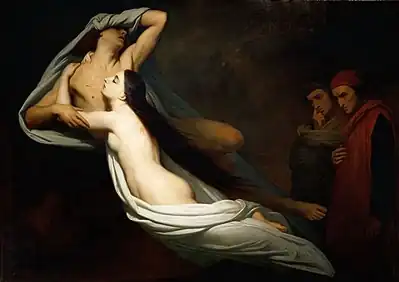
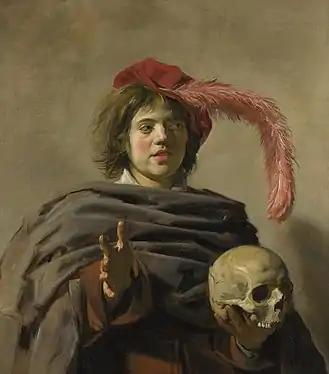

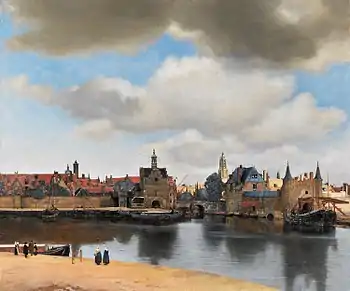
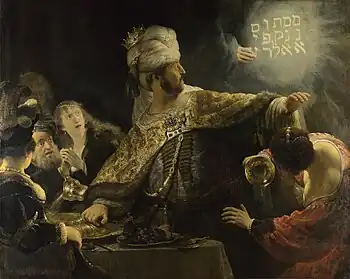

.jpg.webp)
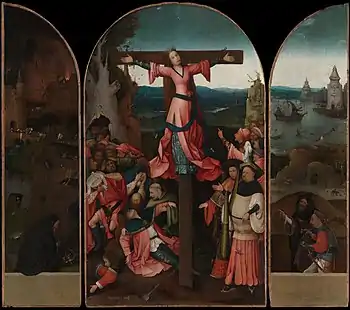

.jpg.webp)
.jpg.webp)
.jpg.webp)
.jpg.webp)
.jpg.webp)
.jpg.webp)
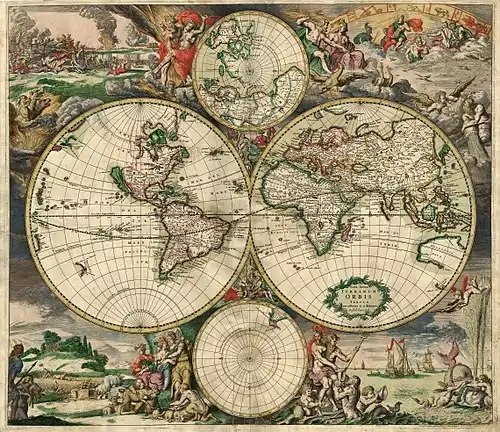
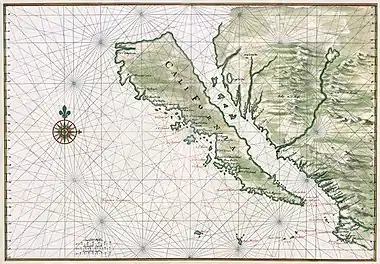




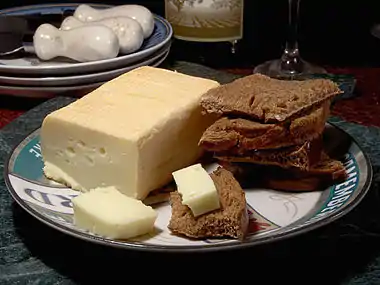
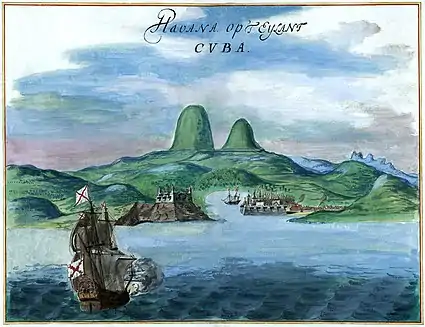


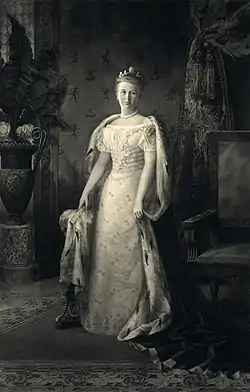


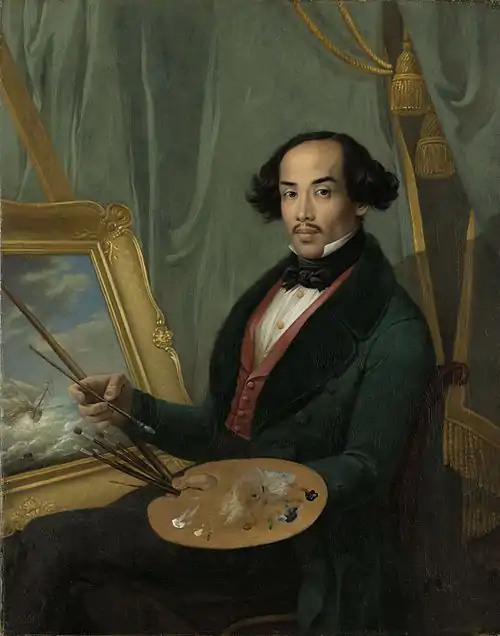
%252C_Queen_of_Hungary.jpg.webp)


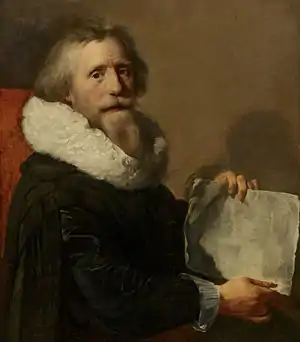


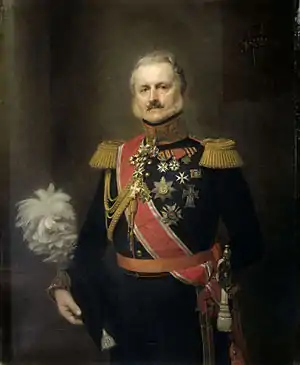
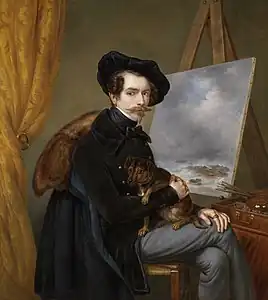


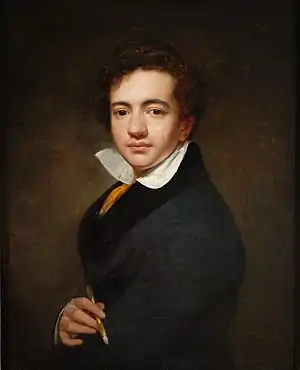



.jpg.webp)

